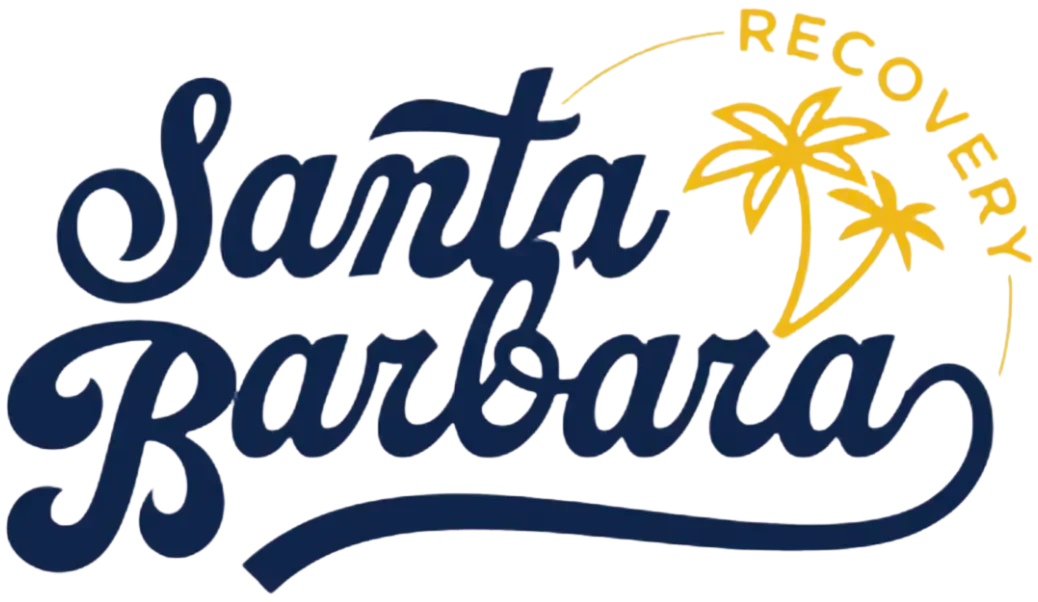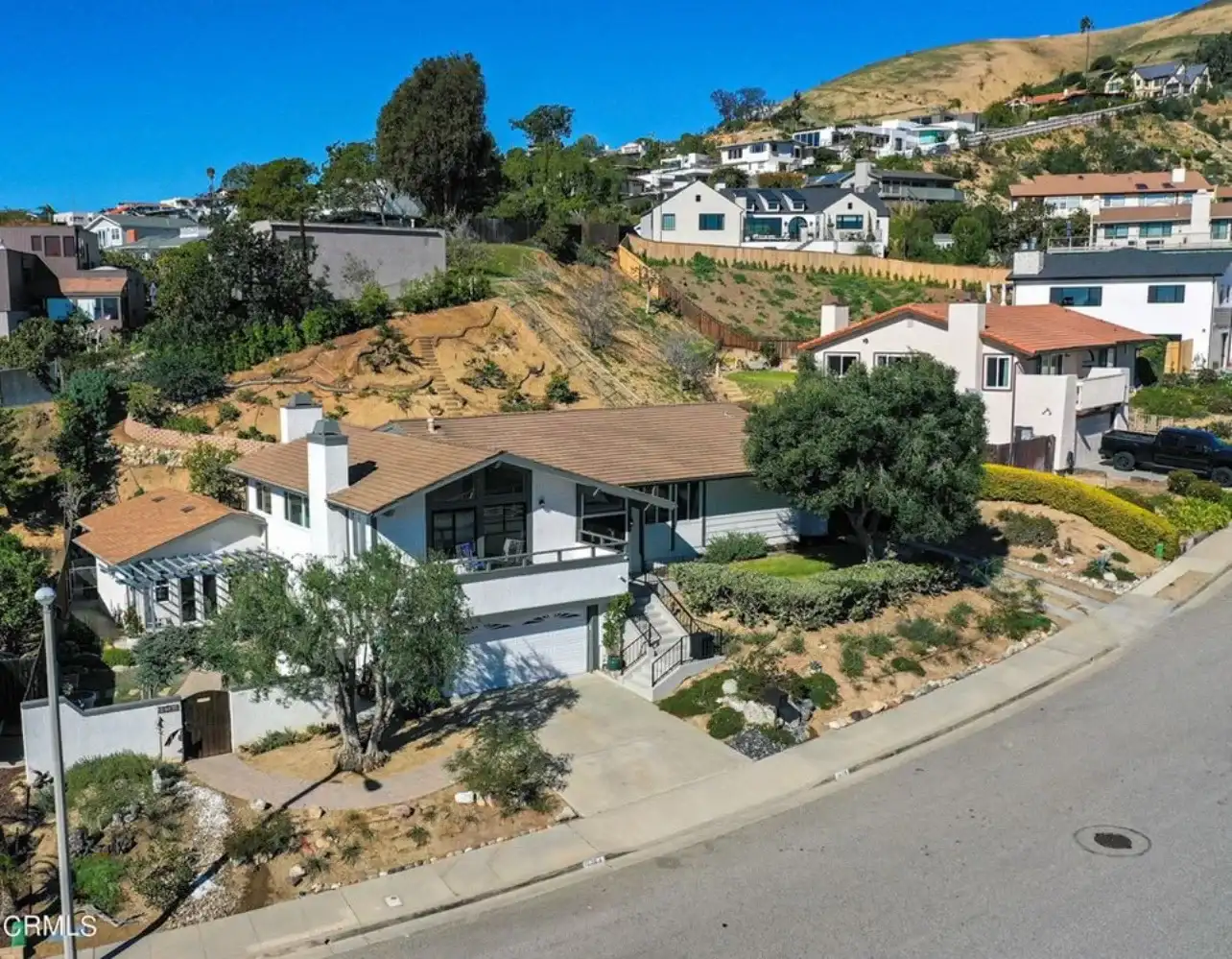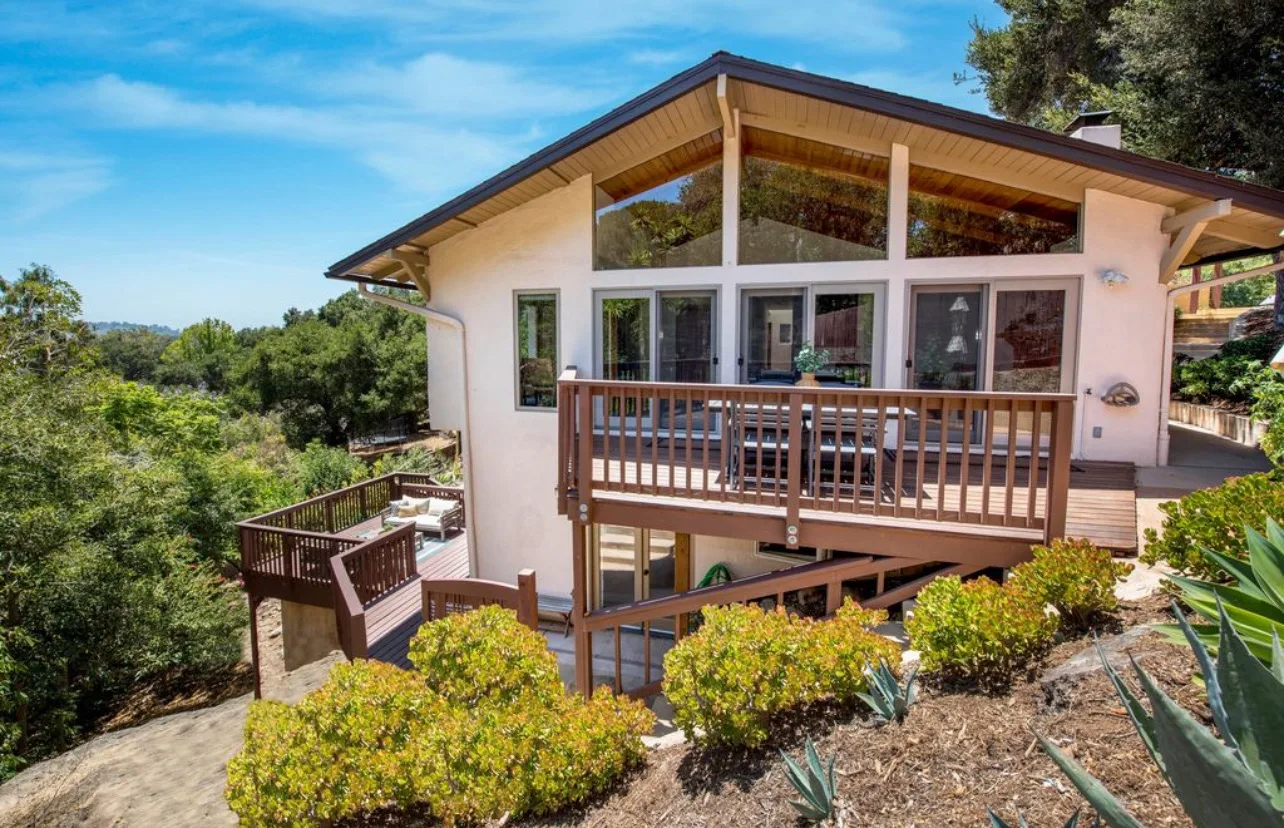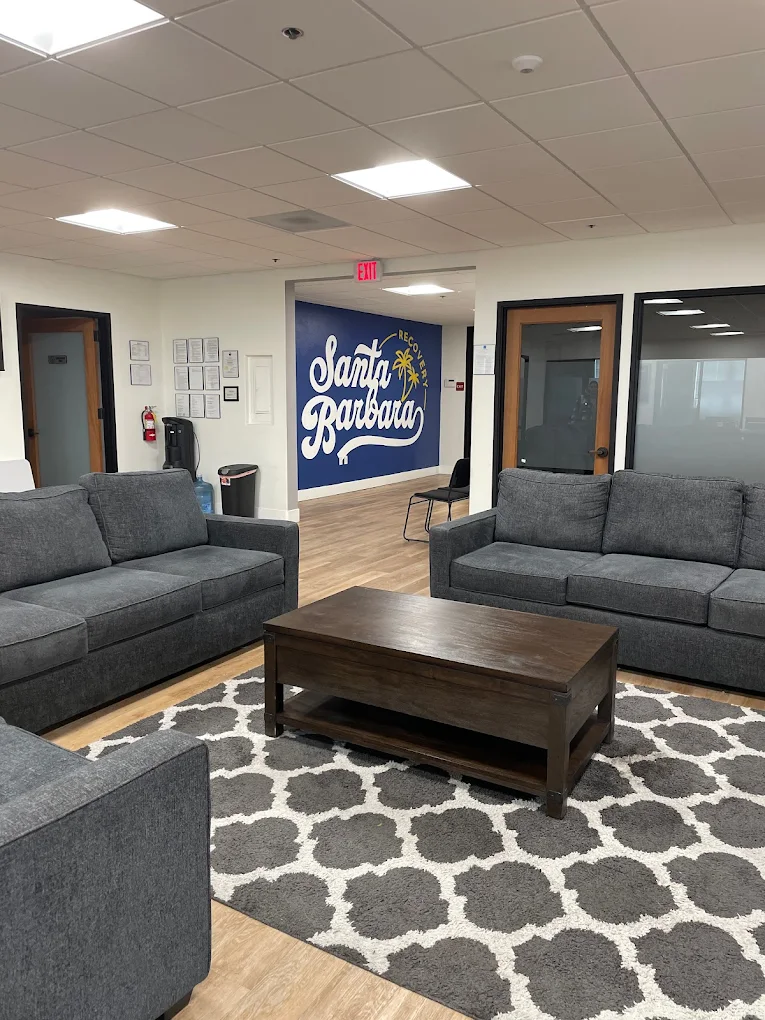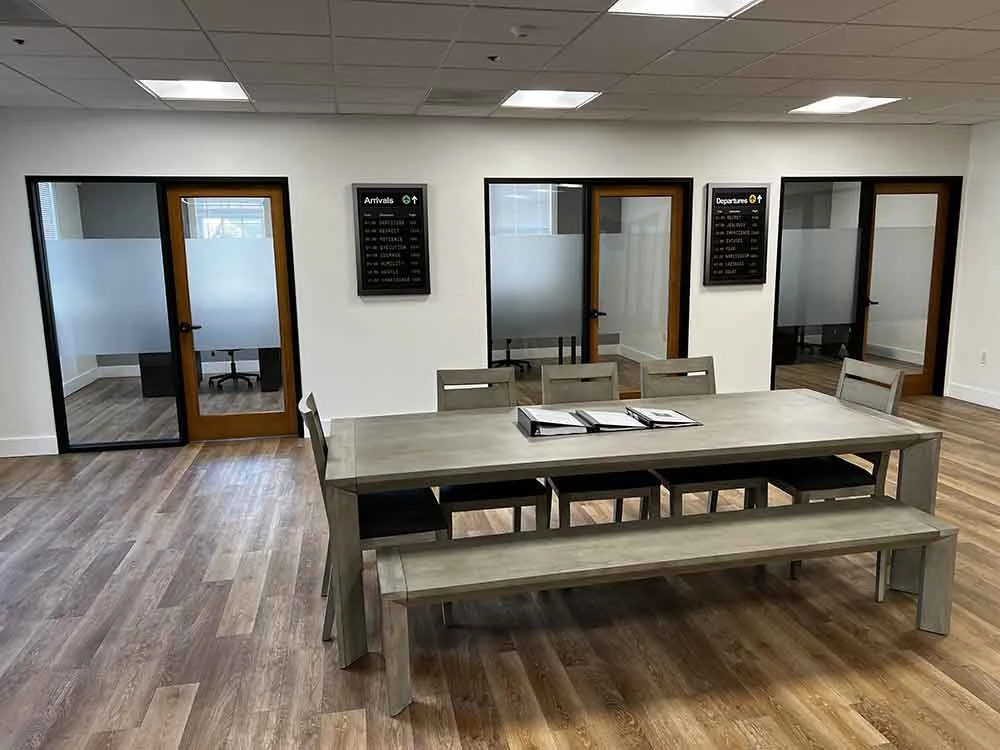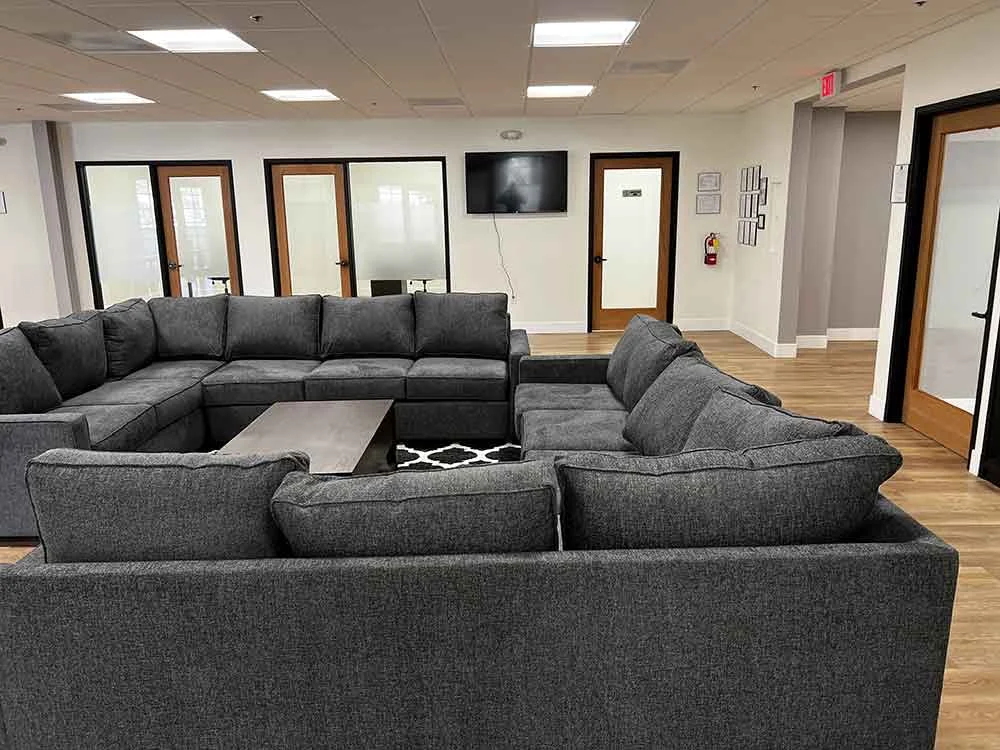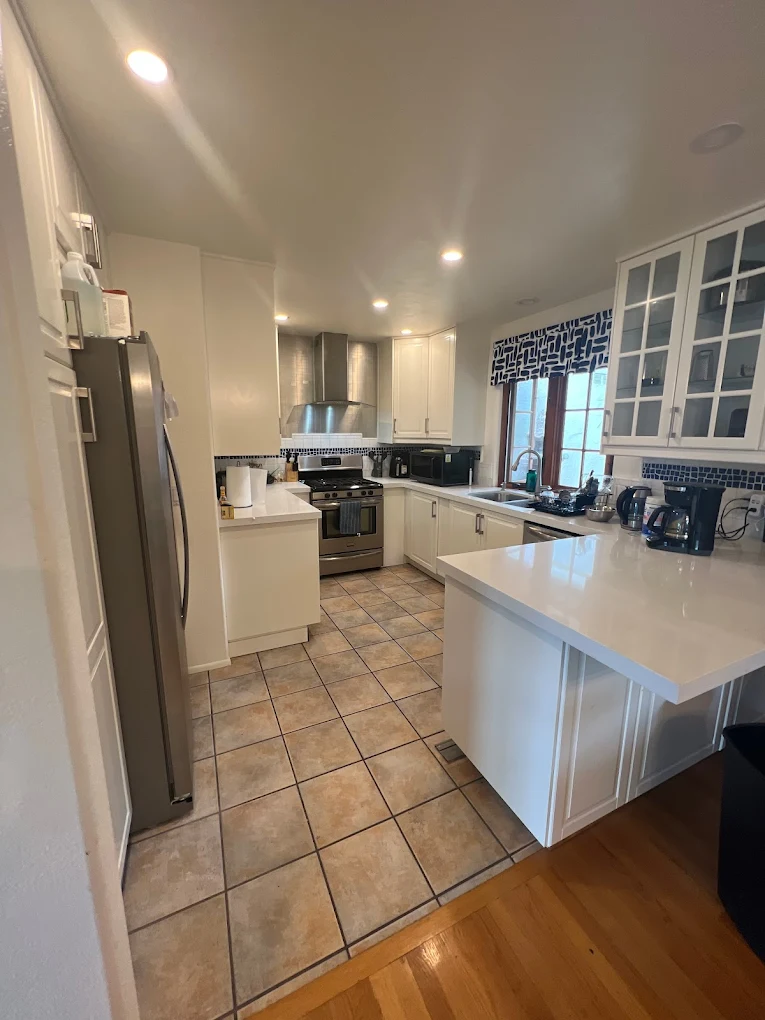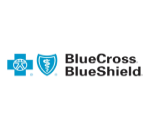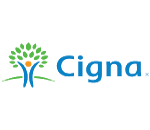Living with mental illness such as bipolar disorder can be like sailing through unpredictable seas. The highs and lows, or mania and depression, characteristic of this severe mental illness and health condition can be challenging to navigate. To complicate matters, individuals with bipolar disorder often find themselves facing another formidable adversary: addiction.
In the sunny state of California, where rampant drug abuse is on the rise, understanding bipolar disorder and addiction is crucial. At Santa Barbara Recovery‘s men’s rehab in Southern California, we understand the ins and outs of bipolar disorder, bipolar symptoms, its connection with addiction, and how individuals can seek effective treatment for mental health conditions.

What Is Bipolar Disorder?
According to the diagnostic and statistical manual, bipolar disorder, often referred to as manic depression, is a mental health disorder characterized by extreme mood swings. People with mood disorders such as bipolar disorder experience periods of intense highs, known as manic episodes, where they may feel excessively energetic, impulsive, and euphoric. These highs are followed by depressive episodes, marked by feelings of sadness, hopelessness, and a lack of energy. The shifts between mania and depression can be dramatic, impacting a person’s ability to function in daily life.
The condition can profoundly affect personal relationships, work performance, and well-being. It is a long-term condition requiring ongoing treatment and management to help individuals achieve stability.
Signs And Symptoms Of Bipolar Disorder
Bipolar disorder is characterized by distinct periods or major depressive episodes of mania, hypomania, and depression. The signs and symptoms can vary in intensity and duration. Here are the key indicators for each phase:
Manic or Hypomanic Episode
Manic episode symptoms or hypomanic episodes include:
1. Heightened energy, activity, and restlessness
2. Euphoric mood: Experiencing prolonged feelings of extreme happiness, elation, or satisfaction
3. Irritability: Easily becoming agitated or excessively irritable
4. Grandiosity: Having an exaggerated sense of self-importance or self-esteem
5. Talkativeness: Speaking rapidly, often with pressured speech
6. Racing thoughts: Experiencing a rapid and continuous flow of ideas or thoughts
7. Distractibility: Easily getting sidetracked by unimportant or irrelevant things
8. Poor judgment: Engaging in risky or impulsive behaviors, such as excessive spending, sexual indiscretions, or unwise business investments
9. Increased goal-directed activities: Being overly focused on activities or projects, often with unrealistic goals
Hypomanic Episode
Symptoms of a hypomanic episode include:
1. Elevated mood
2. Increased energy and creativity
3. Similar to manic episodes but less severe
4. Impulsivity without extreme disruption to daily life
Depressive Episode
Symptoms of a major depressive episode include:
1. Depressed mood: Experiencing feelings of sadness, emptiness, or hopelessness
2. Loss of interest: Showing a lack of interest or pleasure in activities once enjoyed
3. Changes in appetite: Experiencing significant weight changes or alterations in appetite
4. Sleep disturbances: Dealing with insomnia or excessive sleeping
5. Fatigue: Feeling exhausted or lacking energy
6. Feelings of worthlessness or guilt: Experiencing excessive guilt or feelings of worthlessness
7. Psychomotor agitation or retardation: Feeling physically agitated or slowed down
8. Suicidal thoughts: Having recurrent thoughts of death or suicide, or attempting suicide
Individuals with bipolar disorder may experience episodes of mania, hypomania, and depression in varying combinations. It’s essential to recognize these signs early and seek professional help for an accurate diagnosis and effective treatment.
Identifying bipolar disorder involves recognizing its signs and symptoms. Manic episodes may manifest as heightened energy, decreased need for sleep, racing thoughts, and impulsive behaviors such as excessive spending or risky activities.
On the flip side, depressive episodes can lead to feelings of worthlessness, changes in sleep patterns, fatigue, and difficulty concentrating. These mood swings can be disruptive and interfere with work, relationships, and overall quality of life.

Types Of Bipolar Disorder
Bipolar disorder comes in different types, each characterized by distinct features in the pattern and severity of mood episodes. The primary types of bipolar disorder are Bipolar I, Bipolar II, and Cyclothymic disorder. Let’s take a closer look at each:
- Bipolar I Disorder: This is the classic form of bipolar disorder. Individuals with Bipolar I experience manic episodes that last for at least seven days or are severe enough to require immediate hospitalization. Depressive episodes often accompany manic episodes, creating significant disruptions in daily life.
- Bipolar II Disorder: Bipolar II is marked by a pattern of both depressive symptoms and hypomanic episodes. Hypomania is a less severe form of mania, characterized by increased energy, creativity, and impulsivity, but it doesn’t lead to the significant impairment seen in full-blown manic episodes. People with Bipolar II may struggle more with depressive episodes, which can be debilitating.
- Cyclothymic Disorder: Cyclothymic disorder involves chronic mood disturbances, but the highs and lows are less severe compared to Bipolar I and II. Symptoms persist for at least two years in adults (one year in children and adolescents), with periods of hypomania and mild depression that don’t meet the criteria for a full-blown episode. While less intense, these mood swings can still impact daily functioning. Understanding the specific type of bipolar disorder is crucial for developing an appropriate treatment plan. Each type presents unique challenges, and tailored interventions can help individuals manage their symptoms and lead fulfilling lives. If you suspect you or someone you know may be experiencing symptoms of bipolar disorder, seeking professional help is essential for accurate diagnosis and effective treatment of mental disorders.

Bipolar Disorder and Addiction Statistics
Recent data shows a significant connection between bipolar disorder and substance abuse, with up to 60% of individuals with bipolar disorder expected to experience a substance use disorder at some point in their lives. This is a stark increase compared to the general population, where the prevalence is significantly lower.
The National Institute on Drug Abuse (NIDA) reports that individuals with mood disorders, including bipolar disorder, are twice as likely to struggle with substance use disorders. This high rate of co-occurrence highlights the complexity of treating these dual diagnoses. Effective treatment strategies must address both conditions simultaneously, integrating medication management with psychotherapy to achieve better outcomes.
The Relationship Between Bipolar Disorder And Addiction
The connection between bipolar disorder and addiction is intricate, multifaceted, and not uncommon. People with bipolar disorder often resort to drug abuse, alcohol abuse, or both as a self-medicating coping mechanism, which is a negative way to manage their symptoms. This may involve trying to alleviate depression during low periods or to control the heightened energy and agitation during manic periods.
However, this type of self-medication is filled with risks and can result in the development of a substance use disorder. On the other hand, substance abuse can worsen the symptoms of bipolar disorder, creating a harmful cycle that is hard to break.
Drugs and alcohol can interfere with the effectiveness of medications used to treat bipolar disorder, leading to more severe mood swings and a destabilization of the individual’s mental health. Unfortunately, this self-medicating and substance misuse often exacerbates the symptoms of bipolar disorder and can lead to a cycle of dependence on substances. Conversely, substance use can trigger or worsen the symptoms of bipolar disorder, creating a complex interplay between the two conditions.
Understanding this interaction between bipolar disorder and addiction is essential for effective treatment, as it emphasizes the need for integrated approaches that address both conditions simultaneously.
At Santa Barbara Recovery, we create an open and non-judgemental environment where patients are not stigmatized. By addressing the relationship between bipolar disorder and addiction, we help patients find a way to achieve sobriety. Finding the root of the problem is the first step to forming a lasting solution that prevents a relapse.

Diagnosing Bipolar Disorder And Addiction
Diagnosing bipolar disorder and addiction requires a comprehensive assessment by mental health professionals. This typically involves a detailed examination of symptoms, personal and family medical histories, and sometimes, laboratory tests.
There is a hereditary component to bipolar disorder. Research suggests that genetic factors play a role in the development of bipolar disorder. If a person has a first-degree relative, such as a parent or sibling, with bipolar disorder, their risk of developing the condition is higher compared to the general population.
However, while genetics can contribute to susceptibility, environmental factors, and life experiences also play a significant role in the onset and course of bipolar disorder. One’s lifestyle and experiences can create mental health issues that lead to symptoms of bipolar disorder.
Being honest and open during the assessment process is crucial to ensure an accurate diagnosis. This is the only way to get an accurate prescription tailored to an individual’s overall state of health. Many individuals with bipolar disorder and addiction may resist seeking help due to the stigma associated with mental health issues, making early diagnosis and intervention even more critical.
Treating Bipolar Disorder And Substance Abuse
Addressing both bipolar disorder and addiction simultaneously is essential for effective treatment. Integrated treatment approaches consider the interconnected nature of these conditions and aim to provide comprehensive care.
Treatment options for co-occurring disorders include inpatient treatment and outpatient treatment, medication, therapy services (Individual therapy sessions and also group therapy sessions), support groups, and lifestyle changes. Medications such as mood stabilizers and antipsychotics are often prescribed for bipolar disorder, while addiction treatment may involve detoxification, counseling, and participation in 12-step programs.
Dual diagnosis treatment is considered the most effective approach for addressing the complex interplay between mental health disorders and substance abuse issues. This specialized form of treatment recognizes that these conditions often coexist, influencing and reinforcing each other. Behavioral health programs in California aim to provide comprehensive and integrated care that addresses both mental health and substance use disorders simultaneously.
The Key Components Of Dual Diagnosis Treatment
- Comprehensive Assessment: A thorough evaluation to understand the specific challenges posed by both bipolar disorder and addiction.
- Integrated Treatment Plans: Tailored interventions that consider the unique needs of individuals facing dual diagnosis. Coordination between mental health and addiction professionals to ensure a cohesive approach.
- Medication Management: Appropriate use of medications to stabilize mood and manage cravings.
- Therapeutic Interventions: Individual and group therapy to address the underlying issues contributing to both conditions. Behavioral therapies to develop coping mechanisms and prevent relapse.
- Supportive Environment: Creating a supportive and understanding environment that fosters recovery. By addressing both bipolar disorder and addiction simultaneously, dual diagnosis treatment increases the chances of sustained recovery and improved overall well-being. It recognizes the interconnected nature of these conditions and provides a holistic approach to help individuals regain control of their lives. Seeking a treatment center with expertise in dual diagnosis, such as Santa Barbara Recovery, can be a crucial step toward effective and comprehensive care for bipolar disorders.

Finding a Treatment Center for Co-occurring Disorders
Choosing the right treatment center is a crucial step in the journey toward recovery. When seeking a bipolar disorder treatment center, it’s essential to look for facilities that offer dual diagnosis programs, ensuring that both conditions are treated simultaneously. A comprehensive approach that combines medical, therapeutic, and holistic interventions can significantly improve the chances of successful recovery.
Dual Diagnosis Treatment is Available At Santa Barbara Recovery
Santa Barbara Recovery stands out as a beacon of hope for individuals in California grappling with bipolar disorder and addiction. Their experienced and compassionate team is dedicated to providing individualized care that addresses the unique challenges posed by dual diagnosis. Through evidence-based treatments and a supportive environment, Santa Barbara Recovery helps individuals regain control of their lives and build a foundation for lasting recovery.
Navigating the waters of bipolar disorder and addiction requires a multifaceted approach, considering the unique challenges presented by each condition. In California, where the pursuit of health and well-being is a priority, individuals can find solace and support at specialized treatment centers such as Santa Barbara Recovery.
By understanding the signs, seeking accurate diagnosis, and embracing integrated treatment approaches, individuals can embark on a path toward stability and recovery. The journey may be challenging, but with the right guidance and support, the sunny shores of well-being are within reach.
Call us today to find a full treatment provider or program that will help you find your way back to a healthy and sober life.
